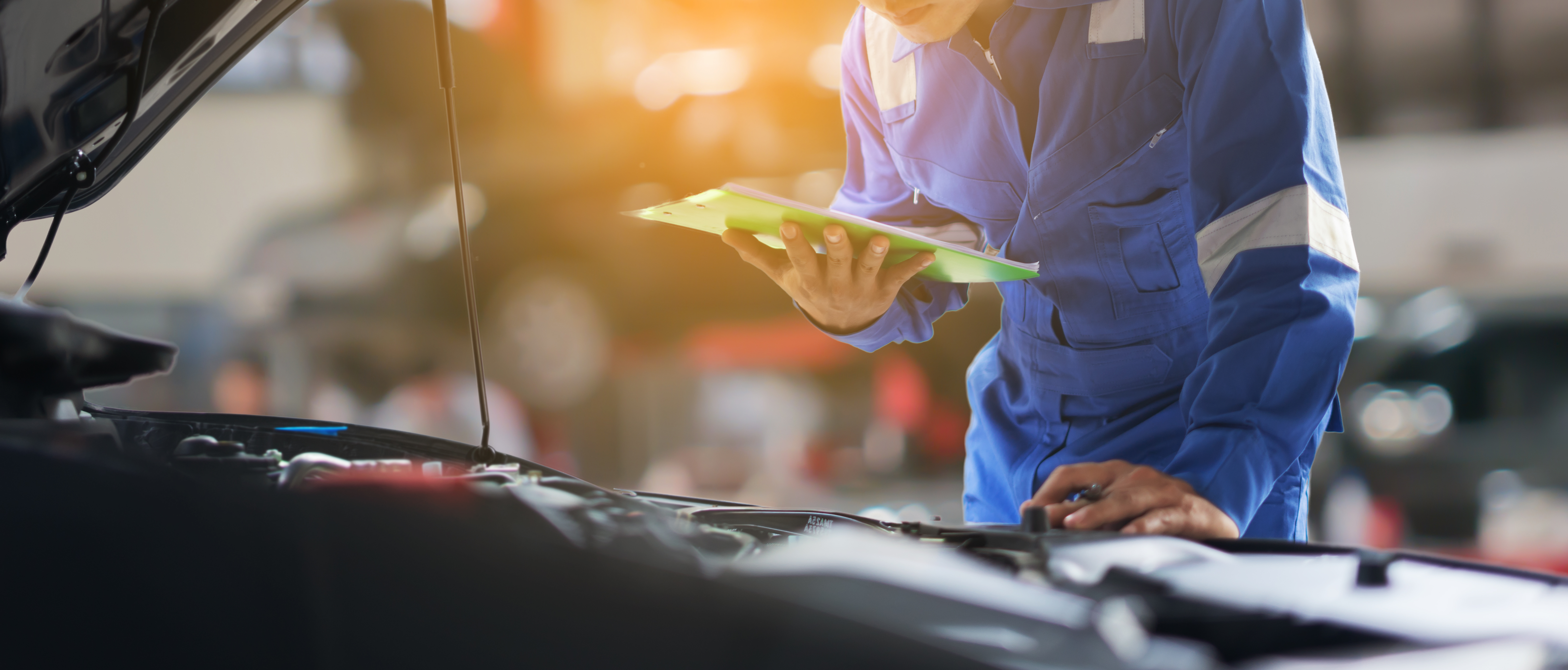Vehicle inspections are procedures to ensure vehicles are in good condition and meet safety and emissions standards. Here's a comprehensive overview:
Safety
Regular vehicle inspections play a crucial role in preventing accidents by identifying potential issues such as worn brakes, faulty steering, or damaged tires. Ensuring these components are in good condition helps prevent crashes and keeps all road users safer. Additionally, inspections help detect mechanical problems early, allowing for prompt fixes that prevent breakdowns and ensure the vehicle remains safe to operate. A vehicle that passes inspection is more reliable, reducing the chances of sudden malfunctions that could leave drivers stranded or cause dangerous situations on the road.
Environmental Protection
Emissions inspections are vital for ensuring vehicles comply with environmental standards. By checking exhaust emissions and related systems, these inspections help reduce the amount of harmful pollutants released into the atmosphere, improving air quality. Furthermore, knowing that emissions are checked regularly encourages vehicle owners to maintain their engines and emission control systems properly, reducing the vehicle's environmental footprint over time.
Legal Compliance
Following regulations is another critical reason for vehicle inspections. Many regions have laws requiring regular inspections, and complying with these regulations helps avoid fines, penalties, and legal issues that can arise from non-compliance. Additionally, some areas require a passing inspection report for vehicle registration or insurance. Ensuring vehicles meet inspection standards is necessary for maintaining valid registration and insurance coverage.
Economic Benefits
Regular inspections can catch issues early when they are generally cheaper to fix, saving significant amounts on repairs. Well-maintained vehicles that undergo regular inspections also tend to last longer, as keeping all components in good working order reduces wear and tear, prolonging the vehicle’s operational life.
Public Health and Welfare
By reducing vehicle emissions, inspections contribute to better air quality, which can have significant public health benefits. Cleaner air reduces respiratory problems and other health issues associated with air pollution. Inspections can also help reduce noise pollution by ensuring that exhaust systems and other components are functioning correctly, minimizing excessive noise produced by poorly maintained vehicles.
Consumer Protection
For those buying used vehicles, inspections provide assurance that the vehicle is in good condition and meets safety standards. This transparency protects consumers from purchasing potentially dangerous or substandard vehicles.
Types of Vehicle Inspections
Safety Inspections make sure a vehicle is safe to drive. During these inspections, components like brakes, tires, lights, windshield wipers, steering, suspension, exhaust system, and seat belts are checked.
Emissions Inspections aim to ensure that a vehicle's emissions are within allowable limits to reduce air pollution. These inspections check exhaust emissions, fuel systems, and engine performance.
Commercial Vehicle Inspections are for commercial vehicles, ensuring they comply with safety and regulatory standards. These inspections are often more detailed, including checks on logbooks, load securement, and driver fitness.
Vehicle Inspection Frequency
Most vehicles need annual safety and emissions inspections. However, new vehicles are often exempt from inspections for the first few years. Commercial vehicles usually require more frequent inspections, such as biannual or quarterly.
Vehicle Inspection Process
Pre-Inspection involves gathering necessary documents like registration, insurance, and previous inspection reports. It also includes cleaning the vehicle and removing any personal items that might obstruct the inspection.
During Inspection, a certified inspector checks the vehicle according to a checklist and uses diagnostic tools and equipment to assess emissions and engine performance.
Post-Inspection involves receiving an inspection report detailing any issues found. If the vehicle passes, a sticker or certificate is issued. If the vehicle fails, repairs must be made, and the vehicle must be re-inspected.
Common Reasons for Inspection Failure on Vehicle Inspection
Vehicles can fail inspections due to safety issues like worn brakes, damaged tires, malfunctioning lights, or a cracked windshield. Emissions issues such as excessive exhaust emissions, a malfunctioning catalytic converter, or a faulty oxygen sensor can also cause failure. Documentation issues, such as missing or expired registration, insurance, or previous inspection reports, are common reasons for failure as well.
Cost of Vehicle Inspections
Safety inspections typically range from $25 to $50, depending on the region. Emissions inspections can cost between $30 to $70. Some places offer combined safety and emissions inspections at a discounted rate.
Regional Variations for Vehicle Inspections
In the United States, requirements vary by state, with some states requiring both safety and emissions inspections, while others may require only one or none. In Europe, most countries require periodic technical inspections (MOT in the UK, TÜV in Germany). In Asia, regulations vary widely, with some countries having strict annual inspections and others having more lenient policies.
Preparing for an Inspection
Regular maintenance can prevent most issues that cause inspection failures. Conducting a pre-inspection check using the same checklist as inspectors and ensuring all documents are up to date and available can help in preparing for an inspection.



